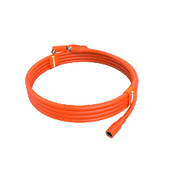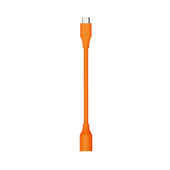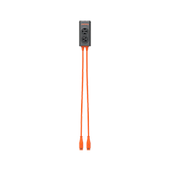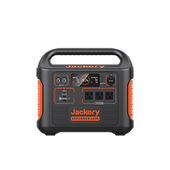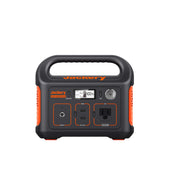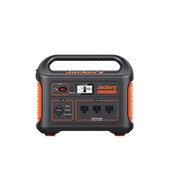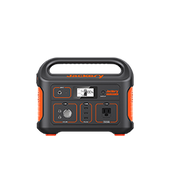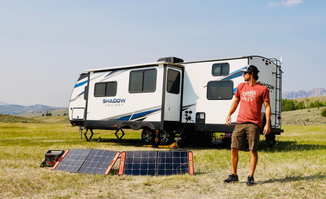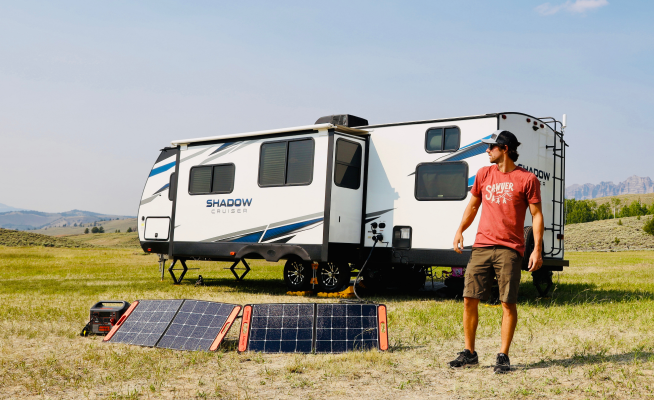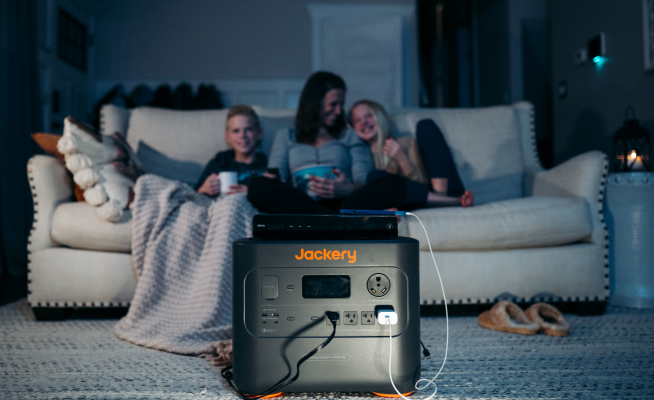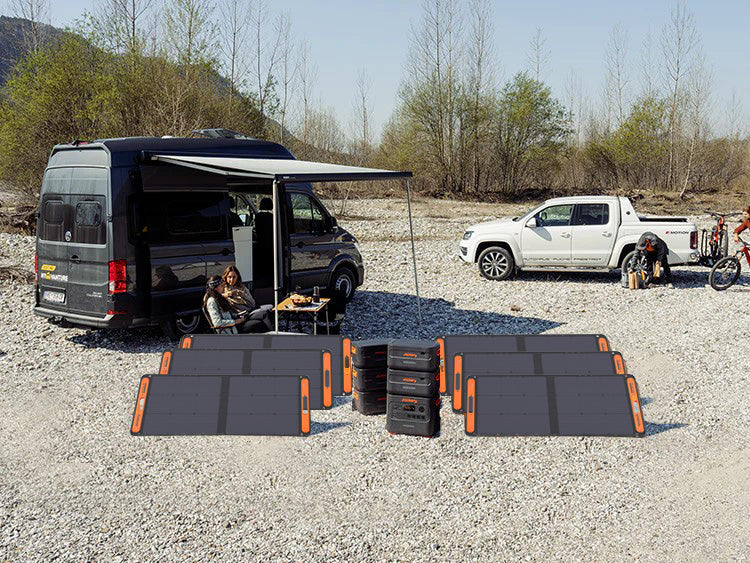Solar chargers and portable power banks are growing increasingly popular as sustainable and mobile energy solutions in Canada. Their flexibility allows users to power electronic devices and appliances anywhere without relying on traditional power grids. However, to wield maximum power from a solar charger and power bank system, like our Jackery Solar Generator 2000 Plus, certain optimal conditions must be considered. Besides, in Canada’s various climates, having an understanding of the solution of harnessing solar energy can help consumers get the most out of their solar investment. With proper optimization, a solar portable wireless charger paired with a power bank (or call this set a portable electric generator) has the potential to provide you with clean, affordable power wherever you may need or want it, from camping trips in the wilderness to emergency home backups during power outages.
Optimizing Solar Chargers
Solar chargers are the interface between the sun’s energy and our power banks. So, optimizing them is critical to maximizing overall system performance. Proper positioning of solar panels ensures optimum sunlight absorption. The key aspects that need attention include:
1. Direction
In Canada, the direction solar panels face is particularly important due to seasonal variations in daylight hours and weather patterns. Panels facing due south will ensure maximum direct exposure to the sun’s energy for most of the year. However, minor adjustments may be helpful. For example, in winter months, when the sun angle is low, pointing arrays slightly west can collect extra late afternoon sun.
Similarly, facing a few degrees east may capture more morning sunlight. On persistently cloudy days, a western or eastern skew allows panels to collect some indirect sunlight even when the sky is overcast. Mounting systems that allow for minor rotational adjustments help optimize collection according to weather and time of day.
2. Daylight Hours
Canadians know their country experiences extreme variations in daylight hours depending on latitude and season. In summer, panels receive uninterrupted sun from dawn to dusk in many regions, enjoying 12+ hours of ideal converting conditions every day. However, winter days provide far fewer sunlight opportunities. Even partial sunshine helps at this time, so it’s worthwhile placing portable arrays in locations receiving several hours of hits per day.
Additionally, the local climate makes a significant difference. For instance, southern Ontario will accumulate more daylight than coastal Labrador in winter. Choosing setup spots wisely based on geographical sun patterns bolsters solar chargers and power bank charging potential.
3. Cleanliness of Panels
A clean solar panel collects photons more efficiently than a dirty one. Dirt, debris, bird droppings, pollen, and weather stains that settle on surface arrays gradually reduce their sun-absorbing capabilities. To maintain optimum performance, it is recommended to wipe panels down thoroughly once per week, paying particular attention after rain, snow, or high winds that may deposit contaminants.
Proper cleansing restores maximum power generation by preventing clogs in solar cells. Storing panels covered when not in use also helps preserve cleanliness for peak solar charger and power bank energy harvesting.
4. Solar Charge Controller
A quality solar charge controller is essential for maximizing the benefits of a solar power system, two of which are pulse width modulation (PWM) or maximum power point tracking (MPPT). They ensure panels operate at their ideal voltage and prevent overcharging batteries by diverting excess current. Usually, the MPPT controllers can enhance the yield of solar energy by 5%-30% compared with the PWM controllers. Overall, when selecting a solar panel for your power banks, MPPT versions are better for maximizing solar energy.
Optimizing the Power Bank
To prolong the useful lifespan of a portable power bank, you should make careful optimization practices cannot be overstated. Proper ventilation, temperature control, and strategic charging habits help delay battery deterioration over time and use cycles. As with any rechargeable system, small adjustments wield significant impacts. With a bit of diligence and the application of the following optimization tips, you may harvest years of dependable renewable readiness from your solar charger and power bank system.
1. Ventilation
Power banks perform best thermally and structurally when stored in well-ventilated conditions, away from direct sunlight for extended periods. Good airflow prevents internal overheating that can degrade lithium-ion cells prematurely through accelerated chemical processes. Overheating also expands and contracts battery components, causing undue stress. Placing the device charging station in shaded, breezy areas or using a branded carrying case with ventilation holes protects against these issues.
2. Temperature and Moisture in Charge and Discharge
Lithium-ion battery chemistry functions best when both temperature and humidity are regulated. The ideal range is -10-50 degrees Celsius. Exposing units to conditions outside this spectrum, especially when combined with moisture, can compromise the delicate equilibrium between electrolytes and electrodes that allows safe operation. Very high temperatures cause accelerated plating and drying of electrolytes on internal components. Very low temperatures may cause electrolyte crystallization and stress fractures in material joining.
Both impacts shorten battery life. Moisture infiltration can directly short-circuit layers or indirectly damage through corrosion over time. To avoid these detriments, you should not charge or discharge in very hot or icy areas or leave the solar charger and power bank in humid basement/shed storage susceptible to condensation buildup on circuitry.
3. Balanced Use
Practicing balanced use is essential for maximizing a power bank’s lifespan. Rather than complete discharge-charge cycles, which put undue stress on battery components, partial charges down to 30% capacity followed by top-offs are preferable. This allows for a more even saturation of active materials inside the lithium-ion cells over hundreds of cycles. Following this balanced approach instead of deep recurrent depletion from 0-100% helps distribute the workload less harshly on the delicate internal chemistry.
When combined with a regulated charging source that boasts consistent current and monitoring systems, balanced usage helps prolong battery health and retention of high capacity over many seasons of use.
4. Power Source Stability
Source stability during recharging has outsized effects on how long batteries retain 70% or more of design capacity over hundreds of cycles. Consistent, regulated micro-current matching from premium solar charger and power bank controls voltage precisely to internal chemistry specifications, avoiding over- or under-taxing it repeatedly. This spares accumulating damage that fluctuating public/automotive supplies could cause from variable voltage.
A quality solar generator provides consistent output and sophisticated charge protection technology regulating charge rates for maximum longevity. On-device fuel gauges also enable the verification of charge levels to stay within recommended parameters for given conditions. Together, these factors contribute to a superior cycle life span and reliable solar charger and power bank performance over many seasons of outdoor use.
Jackery Solar Generator 2000 Plus: Enhancing Your Solar System
Our Jackery Solar Generator 2000 Plus has become a premier solution supporting the sustainable lifestyles and independence of many Canadians. It combines with solar chargers, the Jackery SolarSaga 100W Solar Panels, and one of the best portable power stations in the Canadian market, the Jackery Explorer 2000 Plus Portable Power Station.
Its combinative traits make it highly versatile across recreational uses while also providing critical function in emergency scenarios. Its sizable 2042.8 Wh battery capacity battery facilitates multi-day off-grid escapades or storing backup reserves.
Under the hood, best-in-class components provide both prowess and peace of mind. A ramping 6000W pure sine wave inverter smoothly energizes everything from small electronics to full-sized kitchen appliances without compatibility issues. Additionally, the Jackery Explorer 2000 Plus Portable Power Station is expandable via extra battery packs all the way up to a gigantic 24 kWh capacity for prolonged remote living needs.
The following are some benefits enabled by using the Jackery Solar Generator 2000 Plus in typical applications:
- Camping
A core use of the Jackery Solar Generator 2000 Plus is camping adventures away from infrastructure. With the expansive 2024.8 Wh capacity and 6000W surge peak output voltage, our Jackery Solar Generator 2000 Plus allows powering campsite essentials for multiple days on a single charge. With the included Jackery SolarSaga 100W Solar Panel keeping it juiced, your solar charger and power bank systems will keep your devices lit and charged whether caravanning through iconic spots like Alberta’s Grasslands or based deeper in backcountry havens across Canada’s national parks’ network.
- Emergency Power Backup
Spring ice storms and seasonal wind events frequently down power lines across vast areas of Canada, plunging rural and suburban homes into the dark for extended stretches. However, with the Jackery Solar Generator 2000 Plus on hand, essential systems stay operational for days on end because of its battery expandability. Owning the unique capability to expand from a base capacity of 2 kWh up to an impressive 24 kWh, the Jackery Solar Generator 2000 Plus ensures adaptability to varying energy demands, empowering users with flexibility and peace of mind. Whether facing power outages, natural disasters, or other unforeseen emergencies, trust in our Jackery Solar Generator 2000 Plus to deliver reliable backup power to keep your essential devices and appliances running smoothly.
- RV
RV owners will appreciate the capability of Jackery Solar Generator 2000 Plus to keep household electricity accessible anywhere. This innovative generator is equipped with multiple output options in its Jackery Explorer 2000 Plus Portable Power Station to cater to various power requirements, boasting three AC output ports, two USB-A outputs, and two USB-C outputs. Our products ensure seamless connectivity for a wide range of devices. Campers can plug in electric skillets or coffee pots out tailgating, and run fans, pumps, or devices for cooking.
All in all, our Jackery Solar Generator 2000 Plus offers ample connectivity to keep your essential electronics powered up wherever you are.

Embrace Social Responsibility with a Dependable Product
Here in Canada, where summers involve countless camping and outdoor enthusiast activities in the magnificent natural spaces, many consumers increasingly seek to lighten their footprint and offset personal emissions however possible. Switching to efficient solar charger and power bank solutions embraces sustainability values in an accessible way. Using a solar charger and power bank, such as our Jackery Solar Generator 2000 Plus, can be seen as a form of social responsibility in sustainability for several reasons:
Reducing Carbon Footprint
Solar power is a clean and renewable energy source that produces electricity without emitting greenhouse gases or other harmful pollutants. By utilizing solar energy to charge devices instead of relying solely on fossil fuels, individuals contribute to mitigating climate change and reducing overall carbon emissions.
Promoting Sustainable Practices
Supporting the adoption of solar technology encourages the development and expansion of renewable energy infrastructure. This promotes sustainable practices in energy generation and helps diversify the energy mix, reducing dependence on finite fossil fuel resources.
Enhancing Energy Independence
By harnessing solar charger and power bank, like the Jackery Solar Generator 2000 Plus, individuals gain a degree of energy independence. They are less reliant on centralized utility grids, which can be vulnerable to disruptions and price fluctuations. This independence empowers individuals to take control of their energy consumption, reduce reliance on external energy sources, and potentially lower long-term energy costs. Additionally, it reduces vulnerability to geopolitical tensions or other external factors that may impact traditional energy supplies, promoting greater self-sufficiency and responsibility in the face of evolving energy landscapes.
Conclusion
In summary, maximizing performance from a solar charger and power bank setup requires optimizing factors within our control, such as panel direction, charger type, temperature, ventilation, and more. The Jackery Solar Generator 2000 Plus meets consumers’ needs for clean, mobile electricity and represents an optimal product choice. As a leader in solar charger and power bank manufacturing with years of experience, we, Jackery, have proven reliability and refined designs. Visit our website to discover the whole range of our mobile power solutions and learn more tips for harnessing the sun’s renewable energy when you need portable power in Canada.






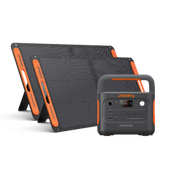


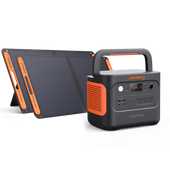

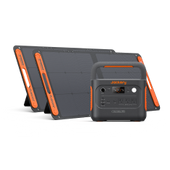
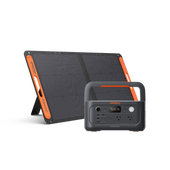
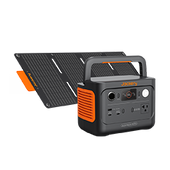
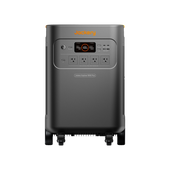
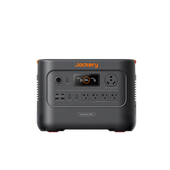
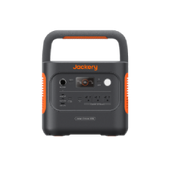
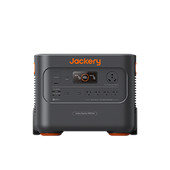
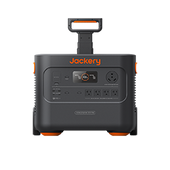

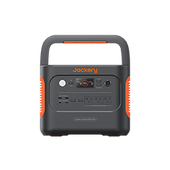
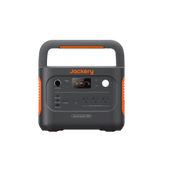
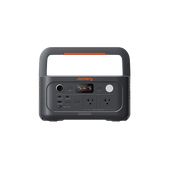

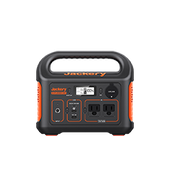
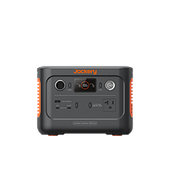
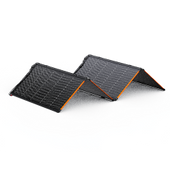
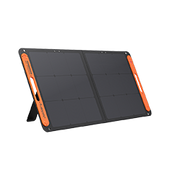

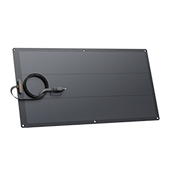
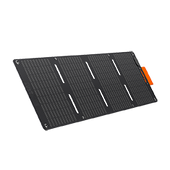
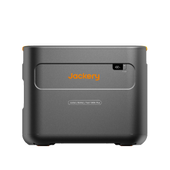
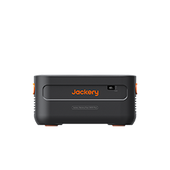
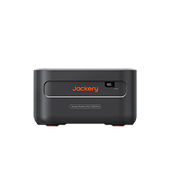
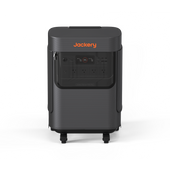
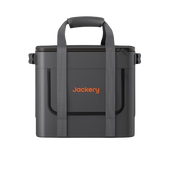
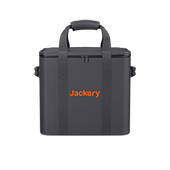
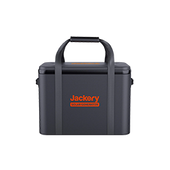
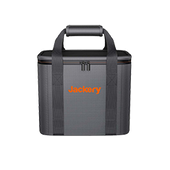
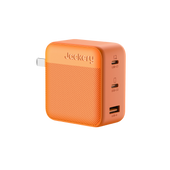
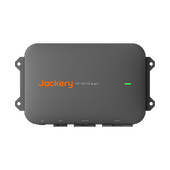
![[Add-on] Jackery Manual Transfer Switch for Explorer 5000 Plus](http://ca.jackery.com/cdn/shop/files/add-on-jackery-manual-transfer-switch-for-5000-plus-240V.webp?v=1757043692&width=170)
